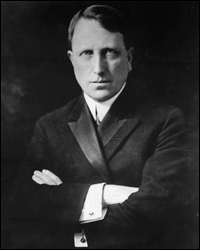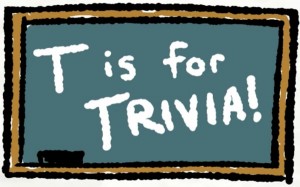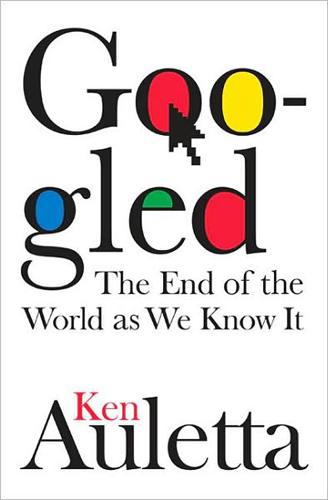Gossip! Gossip! Read all about it!
Today we live in a fame obsessed culture where everyone wants to look like the celebrities they read about, or at least enjoy some of the same luxuries that they do. So we purchase magazines like PEOPLE and US Weekly read them religiously and reference celebrity gossip apps and websites to get any additional information that the magazines may have missed. I admit it, I have a slight obsession. I aspire to have the closet that Blake Lively does and I do extra squats to get Beyonce’s behind!
Did this obsession come out of nowhere or has history always had a slight obsession with celebrity gossip?
Well it seems that history’s always had a thing for celebrities, in 1509 they found the marriage of a 12 year old and 8 year old worth publishing in a printed newsbook. The wedding of Mary, daughter of English King Henry VII, and Prince Charles of Austria, heir to the throne of the Holy Roman Empire was the first printed example of celebrity news.
In today’s world, celebrities are paid lots of money for their wedding pictures, however I highly doubt Mary and Charles were paid a lot in 1509. It’s not the money that was paid or lack thereof that makes this wedding a significant part of print journalism history. The importance lies in the fact that it is one of the first types of news that was not highlighting a topic like the government or war.
If there was only news on the government and war would you read it? Probably not. I know I wouldn’t. Celebrity news provides an outlet for people to get their mind off of their own life and that’s a positive thing.








 It used to come knocking at the door around six in the morning. It kept Dad busy for the first hour of the day. It made great wrapping paper and cushion for fragile pottery. Most of all, however, the newspaper did the most important job of keeping its readers informed.
It used to come knocking at the door around six in the morning. It kept Dad busy for the first hour of the day. It made great wrapping paper and cushion for fragile pottery. Most of all, however, the newspaper did the most important job of keeping its readers informed. Ken Auletta’s tell-all book, “Googled: The End of the World as We Know It,” is a product of countless hours put into researching the company’s inner workings after being granted full access to the executives, engineers and all the resources he needed to write a fair and balanced analysis of Google’s past, present and future.
Ken Auletta’s tell-all book, “Googled: The End of the World as We Know It,” is a product of countless hours put into researching the company’s inner workings after being granted full access to the executives, engineers and all the resources he needed to write a fair and balanced analysis of Google’s past, present and future.
